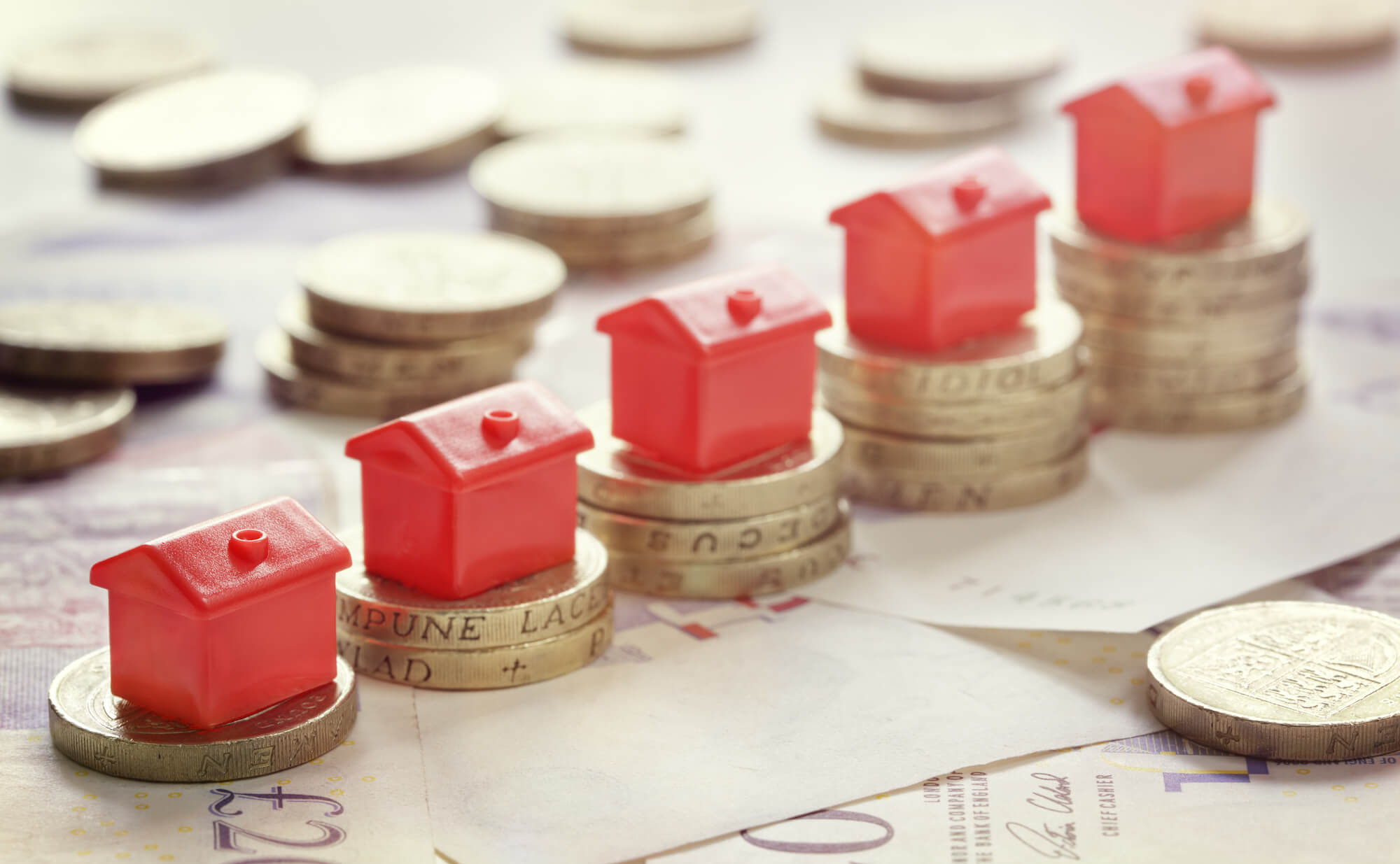Stamp Duty ‘Bonanza’ Reducing Amidst Calls to Scrap it Completely
It’s been a long-time coming – although it’s still too soon for many potential house buyers – but Rishi Sunak’s bumper stamp duty holiday extension is to end on Wednesday, June 30.
The tax-free threshold will then halve from £500,000 to £250,000 for three months, before returning to its normal £125,000 at the start of October.
The forthcoming deadline has rocketed the property market, and which itself has been flourishing since the Chancellor first made his tax-free incentive announcement in the summer of 2020. At the time the UK was in the grip of the pandemic.
Average house increased £22,000 in a year
The latest report from the government’s Office of National Statistics, the average house price had increased by 8.9% from April 2020 to 2021. According to the Halifax figures, that’s worth around £22,000.
Some property analysts are predicting a crash when the Stamp Duty holiday finally peters out; others say the market is resilient enough and that there will be a slowdown in sales but no ‘big bang.’ That’s because demand is high and the UK is still in a housing crisis where there just isn’t enough homes to go round. This means supply is hardly likely to increase.
At the same time the hunt for ‘greener pastures’ is still a priority for many second-stepping city dwellers. First-time buyers have had the chance to save for a deposit during lockdown, increasing demand in that sector too.
Calls to abolish Stamp Duty completely
Despite this, many government economic advisors, as well as those within the property industry, are calling for the Stamp Duty to be scrapped completely.
Julian Jessop, of the Institute of Economic Affairs said: “The constant tinkering with stamp duty is distorting the property market, leading to big swings both in house prices and in the number of transactions.
“Most economists agree stamp duty is a particularly damaging tax and it would be better to scrap it completely.”
His call was echoed by John O’Connell, chief executive of the TaxPayers’ Alliance who said: “Stamp duty is a terrible tax and the temporary cut has been a boon to many Britons.”
Sunak, meanwhile, has remained quiet on the matter.
Stamp Duty: from late 1950s to today
The Stamp Duty Land Tax was introduced in the late 1950s at 1% over house prices of £30,000. Considering the average house at that time cost only £20,000, Stamp Duty wasn’t much of an issue for many home buyers.
In the mid-1990s the threshold doubled to £60,000 but calculating the tax became far more complicated, as new sub-thresholds were introduced. By 2000 there were four thresholds, with the highest paying 4%.
Today, it’s not unusual to pay £150,000 Stamp Duty on a home valued at more than £1m, thanks to the fact London homes over £937,000 come with a hefty 10% price tag.
As a result, the tax is viewed as a revenue winner by government. Were it to be abolished, they may be hard-pressed to find a similarly lucrative income stream.










